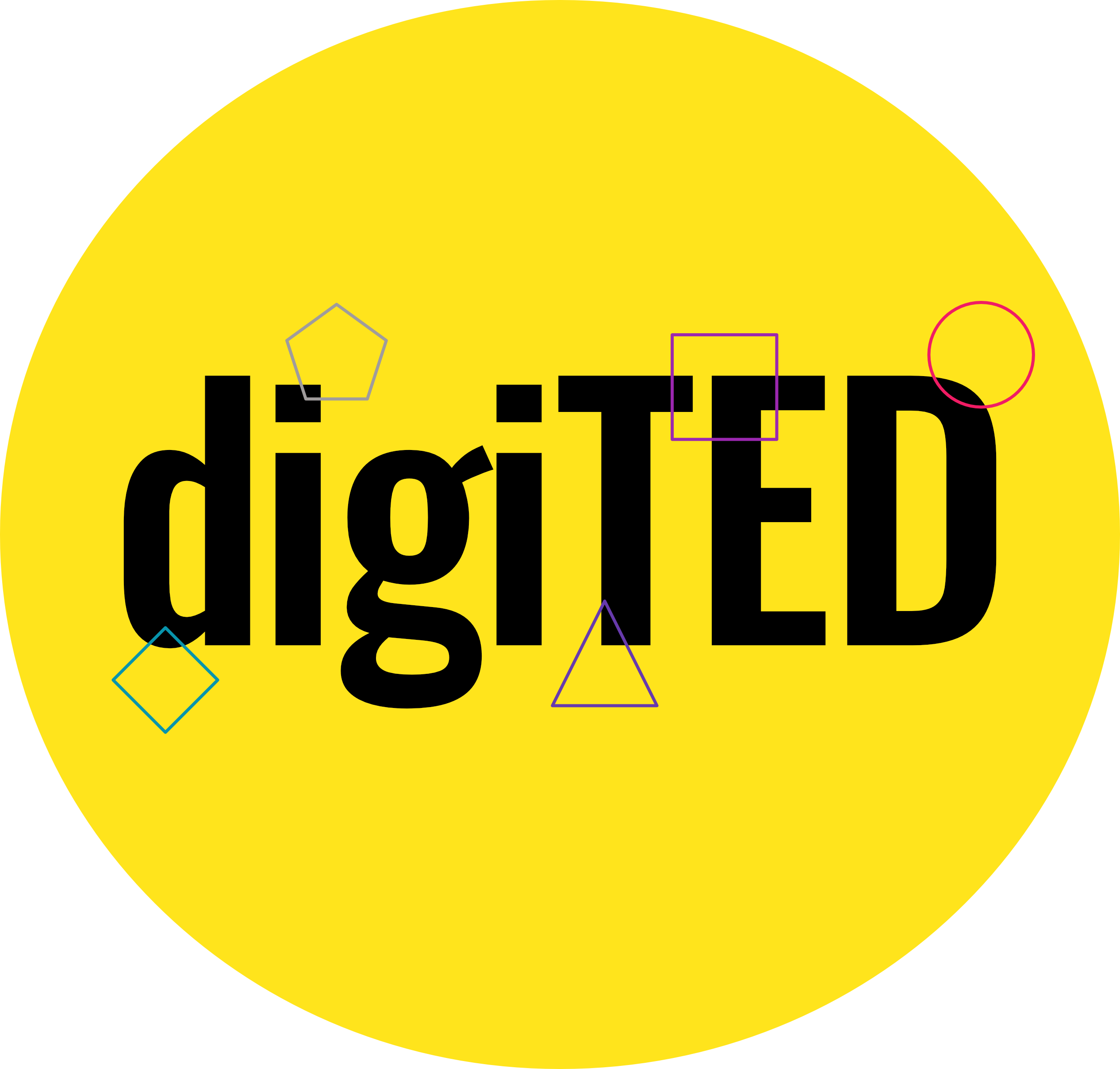A Catalogue of Criteria for Evaluating and Inspiring Digital Teaching Practices
This project result comprises the creation an inspirational online catalogue of criteria to help teacher educators plan, evaluate and implement innovative digital teaching practices. The catalogue covers a wide range of settings, from using digital tools to prepare and present content to stimulating online collaboration and assessing innovative student outputs.
Based on the TIM Matrix, the four criteria have been adapted for teacher education on how to integrate digital tools and technologies in teacher educators’ teaching practices in a meaningful way.
Active learning with digital tools involves giving students more autonomy and fostering their understanding of how to effectively utilise interactive tools and technologies. It encourages students to engage in self-directed exploration. In this approach, teacher educators assume the role of mentors and serve as positive role models for students.
Active learning with digital tools empowers students by providing them with choices and opportunities to actively participate in their own learning process. By using interactive tools and technologies, students can actively manipulate, analyse, and visualise information, which enhances their understanding and competences.
Teacher educators play a crucial role in facilitating active learning with digital tools. They guide and mentor students, offering support and scaffolding when needed. Teacher educators also provide opportunities for reflection and feedback, helping students refine their skills and deepen their understanding of the subject matter.
Collaborative learning with digital tools involves the joint utilisation of tools within an educational setting, allowing students a certain degree of choice in their collaborative endeavors. It encompasses not only collaboration among peers but also extends to engaging with individuals outside of the immediate group, incorporating virtual or hybrid formats. This may involve reaching out to subject matter experts, participating in virtual discussions or workshops, or leveraging online communities and networks. By connecting with a broader range of perspectives and expertise, students can gain deeper insights and expand their learning beyond the immediate classroom context.
Collaborative learning with digital tools emphasises the importance of students working together, pooling their knowledge and skills, and leveraging interactive technologies to achieve shared learning goals. Within a seminar, students have the opportunity to select and use various tools that enable collaboration, such as online platforms, communication tools, or collaborative document editors. This fosters active engagement and shared responsibility for knowledge construction.
Teacher educators play a supportive role and facilitate connections between students and external resources. They provide guidance and assistance in selecting appropriate tools, establishing connections, and fostering a supportive learning environment. Teacher educators also facilitate opportunities for students to engage in meaningful collaborations, whether within the classroom or in virtual settings. By nurturing these collaborative experiences, teacher educators empower students to develop vital teamwork, communication, and problem-solving skills.
Constructive learning with digital tools involves empowering students to take control of their learning process by actively using tools to build knowledge. It encourages the interactive delivery of information and fosters creativity through the use of digital tools and technologies to produce digital content that constructs meaning.
In constructive learning with digital tools, students are given autonomy and agency to explore and use various tools to construct their own understanding. They take an active role in seeking out relevant resources, conducting research, and engaging in interactive activities that facilitate knowledge acquisition.
Furthermore, constructive learning with digital tools encourages students to creatively leverage these tools and technologies to produce digital content that represents their learning and constructs meaning. This can include creating multimedia presentations, interactive presentations, e-portfolios, or collaborative projects. By engaging in these creative endeavors, students not only deepen their understanding of the subject matter but also develop digital literacy skills and enhance their ability to communicate and express ideas effectively.
Authentic learning with digital tools involves integrating these tools and technologies into activities that have a tangible impact on real-life people and environments. In authentic learning with digital tools, students engage in activities that go beyond theoretical concepts and simulations, and instead, directly interact with real-life contexts. These activities often involve using digital tools and technologies to address real-world problems, explore authentic challenges, or create meaningful solutions. By doing so, students gain firsthand experience in applying their knowledge and skills in practical settings, making their learning more relevant and impactful.
Moreover, authentic learning with digital tools encourages students to engage in activities that have a direct connection to real-world scenarios. These activities may involve conducting interviews, collecting and analysing real data, participating in virtual or augmented reality simulations, or developing digital products for real users or audiences. By experiencing the authenticity of these tasks, students develop a deeper understanding of the practical application of their knowledge and skills.
In summary, authentic learning with digital tools integrates these tools and technologies into activities that have a real-life impact. It fosters independent and self-directed use of tools and technologies in tasks related to real-world scenarios.
The catalogue below is designed to be a source of inspiration for teacher educators who are looking to explore new ways to use digital technology in their teaching. It provides examples of good practice from around the world, as well as helpful tips and advice.
This result addresses the need to support teacher educators more hands-on in their digital professional development. With this result we intend to promote the readiness of teacher educators to teach online and to design and organise digital courses, but also to engage them more in professional learning.
